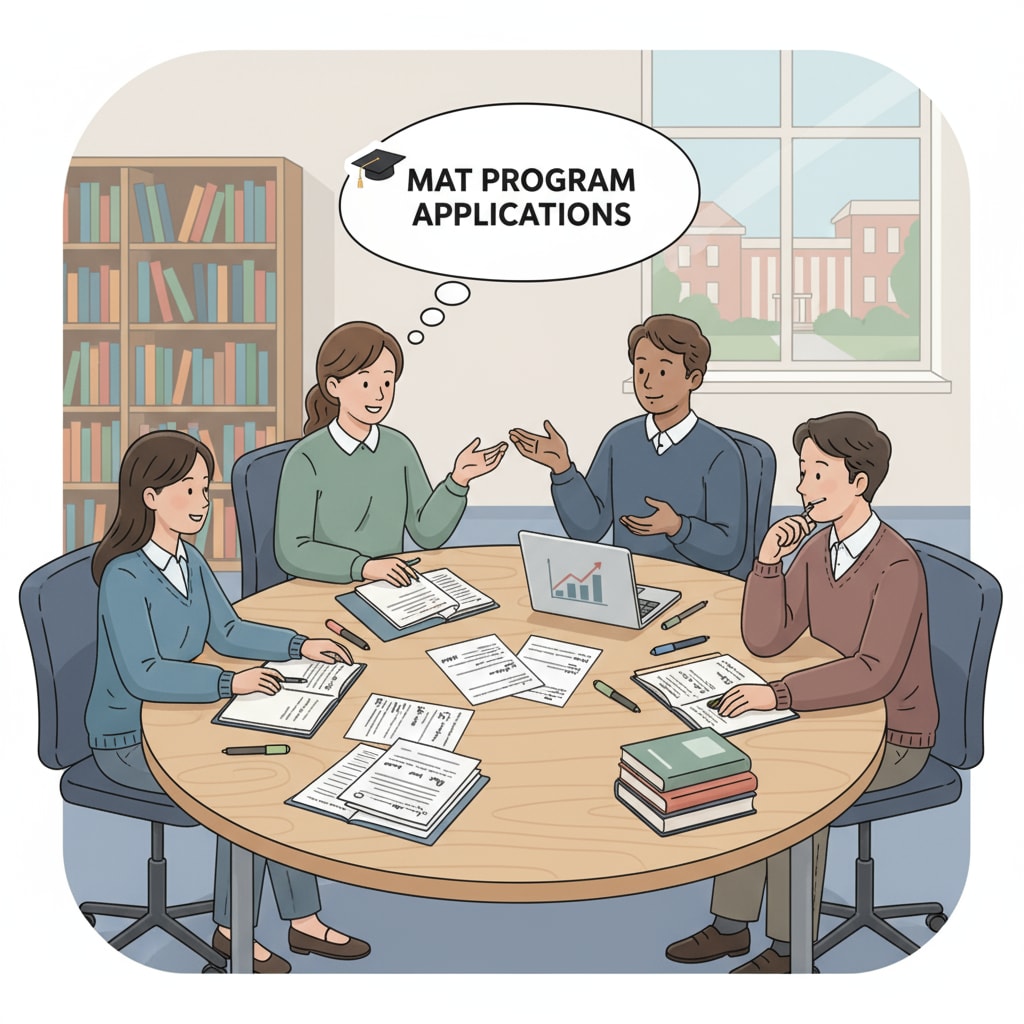Teaching assistants in the K-12 education system often aspire to further their careers by pursuing a Master of Arts in Teaching (MAT) program. A crucial aspect of this journey is obtaining strong recommendation letters. In this article, we will explore the challenges they face, the pros and cons of different recommenders, and strategies to secure impactful references.

The Recommendation Letter Dilemma
When applying for an MAT program, teaching assistants are often at a crossroads when it comes to choosing recommenders. The right recommendation can significantly boost their chances of acceptance, while a weak one might hinder their progress. Many teaching assistants struggle to identify individuals who can provide a comprehensive and glowing review of their skills and potential.

Pros and Cons of Different Recommenders
1. **Current Supervisor**:
– **Pros**: They have firsthand knowledge of the teaching assistant’s daily work, performance, and classroom management skills. Their recommendation can carry weight as they are in a position of authority.
– **Cons**: If the relationship isn’t strong, or if the supervisor is too busy, the letter might lack depth or enthusiasm. Choosing Recommenders on Teach.org
2. **Cooperating Teacher**:
– **Pros**: Working closely with a cooperating teacher gives them insights into the teaching assistant’s instructional abilities, teamwork, and adaptability. Their letter can provide practical examples of the assistant’s work in the classroom.
– **Cons**: There could be bias if the relationship is too close, and the letter might not present a well-rounded view. Choosing Recommenders on NEA.org
3. **Professor from Previous Academic Work**:
– **Pros**: They can speak to the teaching assistant’s academic capabilities, research skills, and potential for further study. This can be valuable for an MAT program.
– **Cons**: They may not have knowledge of the assistant’s practical teaching skills in a K-12 setting.
Strategies for Obtaining Effective Recommendation Letters
1. **Build Relationships Early**: Start cultivating relationships with potential recommenders well in advance. This could involve going the extra mile in your current role, seeking feedback, and showing your commitment to professional growth.
2. **Provide Ample Information**: Give your recommenders detailed information about your MAT program goals, your achievements as a teaching assistant, and any relevant experiences. This will help them write a more personalized letter.
3. **Follow Up**: Politely follow up with your recommenders after you’ve made the request. This shows your respect for their time and your eagerness for the letter.
In conclusion, for teaching assistants aiming to enter an MAT program, choosing the right recommenders and obtaining strong recommendation letters is a critical step. By understanding the pros and cons of different recommenders and implementing effective strategies, they can enhance their chances of success and take a significant step towards becoming professional teachers. Readability guidance: The article uses short paragraphs and lists to summarize key points. Each H2 section has a list to present information clearly. Passive voice and long sentences are controlled, and transition words are used throughout for better flow.


